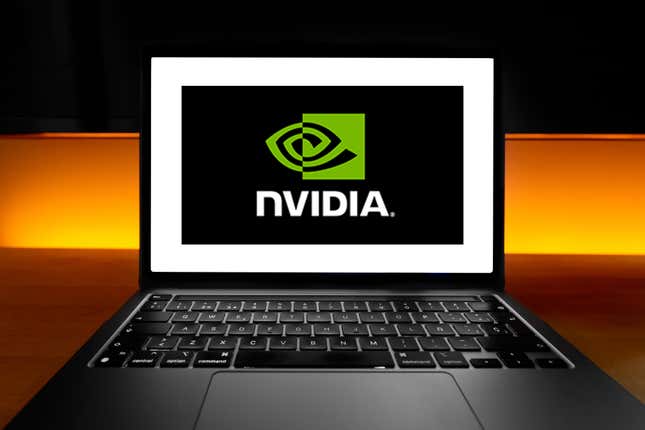
In This Story
Nvidia (NVDA-1.54%) stock extended its rally into a third day, rising more than 1% on Tuesday. The AI chipmaker’s shares have now regained about 90% of the ground they lost in panic-selling last month triggered by Chinese startup DeepSeek. At about $140 per share, Nvidia stock is still below its 2025 peak of $153.13, set on Jan. 7.
Despite DeepSeek’s claims of lower costs to develop AI, new spending plans have since been unveiled worldwide, MarketWatch (NWSA-0.90%) reports, citing Bank of America Securities (BAC-1.24%) analyst Vivek Arya. These include a European Commission plan to mobilize €200 billion for investment, including a €20 billion fund for AI gigafactories.
South Korea will buy 10,000 high-performance graphics processing units (GPUs) this year, including Nvidia’s H100 and H200 models, to accelerate the launch of a national AI computing center, Yonhap reported Monday, citing Acting President Choi Sang-mok.
And given strong demand, pricing for Nvidia’s existing chips may remain resilient despite the company’s transition to its new Blackwell technology, Barron’s reports, citing a note from UBS (UBS-1.61%) analyst Timothy Arcuri.
Nvidia stock fell by more than 17% in just one trading day in January amid a global sell-off of tech stocks sparked by the release of China’s DeepSeek-R1 reasoning models last week. Nvidia chief executive Jensen Huang saw his net worth plunge by $18 billion as a result of the stock rout. The selloff was so pronounced that Nvidia did unusual damage control.
“DeepSeek is an excellent AI advancement and a perfect example of Test Time Scaling,” a company spokesperson said in a statement at the time. “DeepSeek’s work illustrates how new models can be created using that technique, leveraging widely available models and compute that is fully export control compliant.”
—Britney Nguyen contributed to this article.